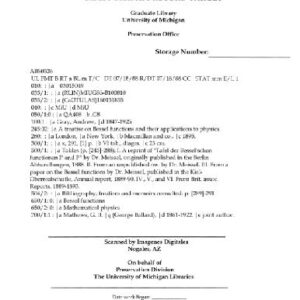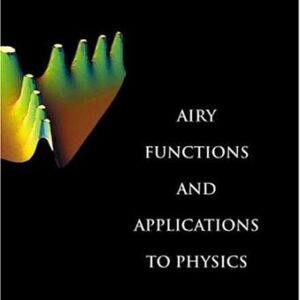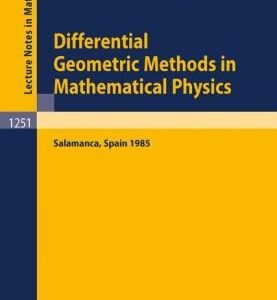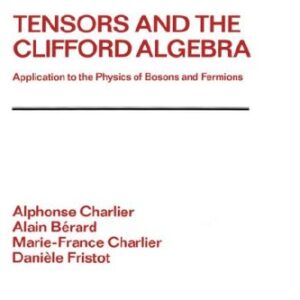There is almost universal agreement among astronomers that most of the mass in the Universe and most of the mass in the Galactic halo is dark. Many lines of reasoning suggest that the dark matter consists of some new, as yet undiscovered, weakly interacting massive particle (WIMP). There is now a vast experimental effort being surmounted to detect WIMPs in the halo. The most promising techniques involve direct detection in low-background laboratory detectors and indirect detection through observation of energetic neutrinos from annihilation of WIMPs that have accumulated in the Sun and/or the Earth. Of the many WIMP candidates, perhaps the best motivated and certainly the most theoretically developed is the neutralino, the lightest superpartner in many supersymmetric theories. We review the minimal supersymmetric extension of the standard model and discuss prospects for detection of neutralino dark matter. We review in detail how to calculate the cosmological abundance of the neutralino and the event rates for both direct- and indirect-detection schemes, and we discuss astrophysical and laboratory constraints on supersymmetric models. We isolate and clarify the uncertainties from particle physics, nuclear physics, and astrophysics that enter at each step in the calculations. We briefly review other related dark-matter candidates and detection techniques.

![[PDF] Supersymmetric dark matter G. Jungman, M. Kamionkowski, K. Griest](https://pdfelite.com/wp-content/uploads/2024/04/d559d8c5d2a2de7f2b9c6ff778b26c72.jpg)




Reviews
There are no reviews yet.